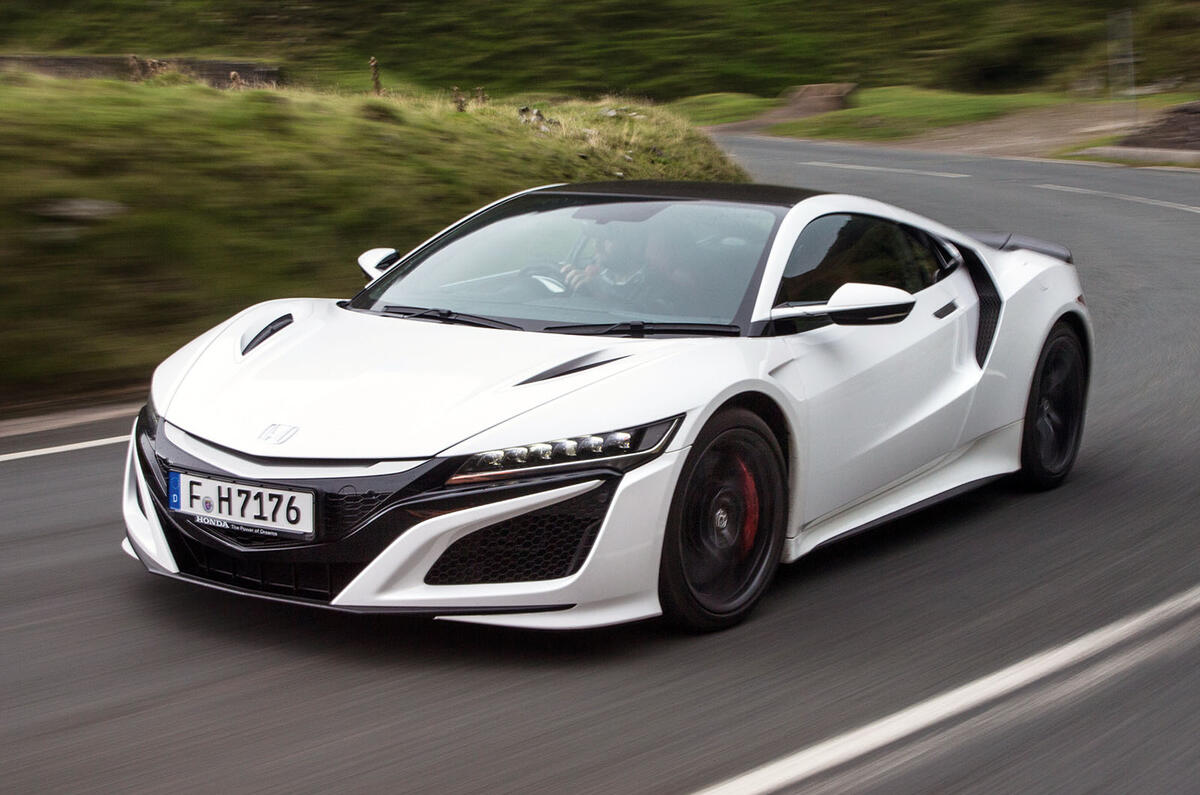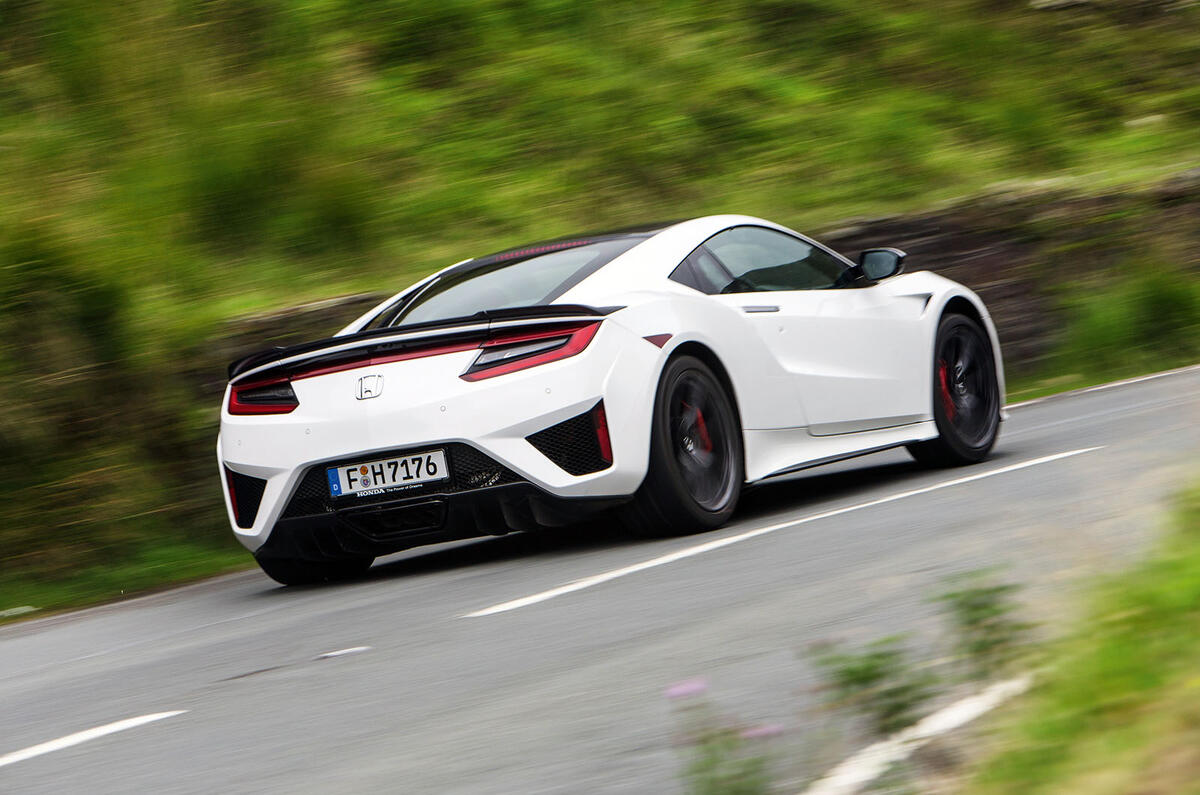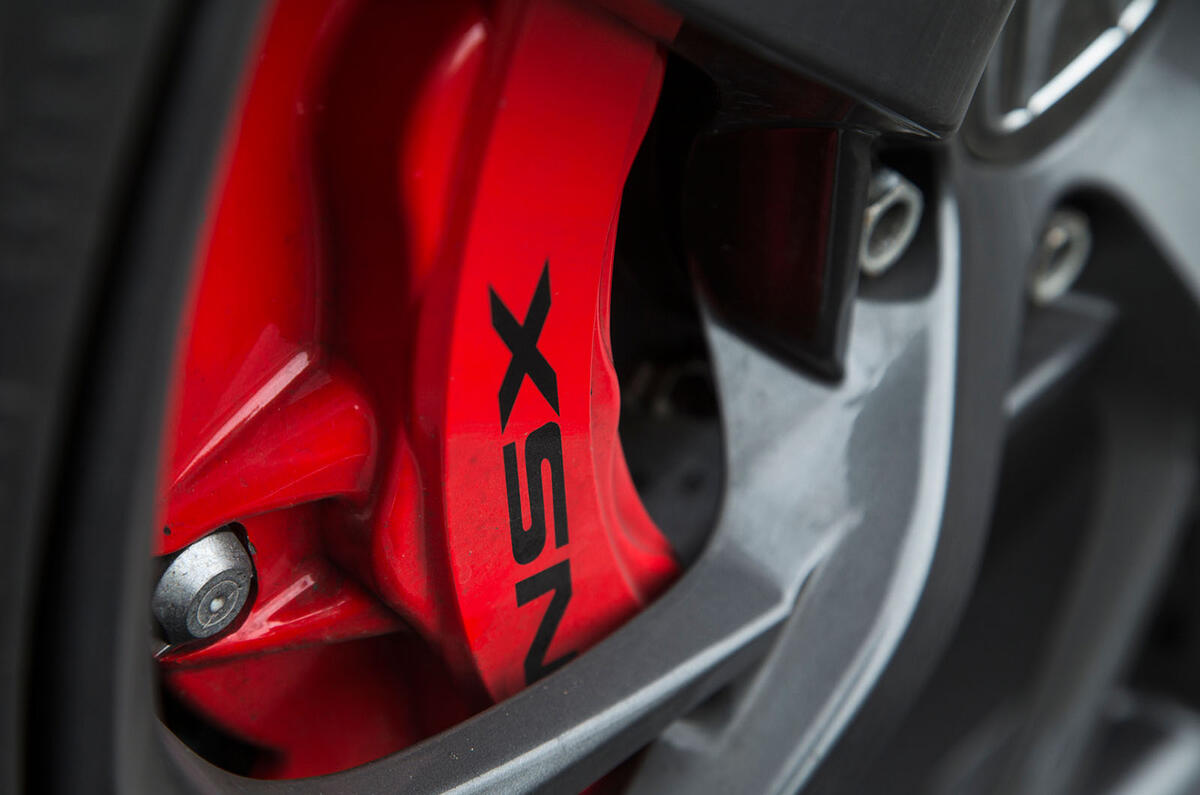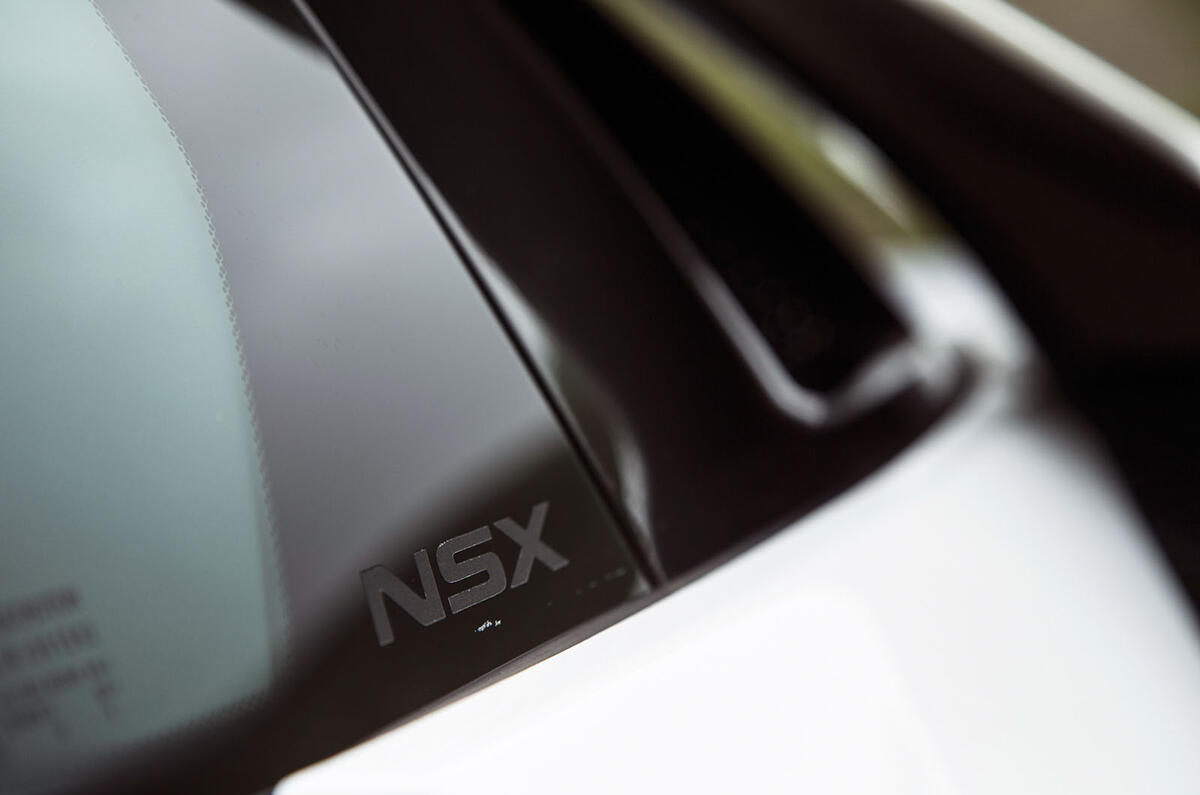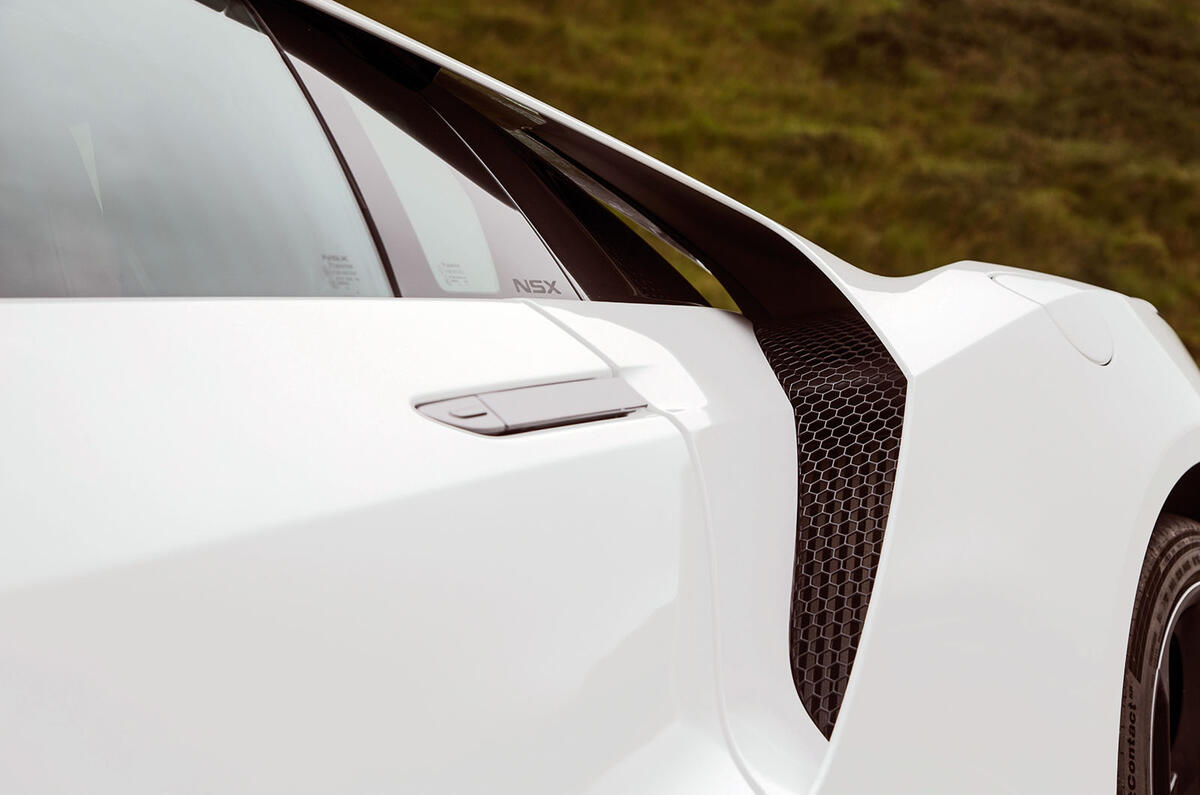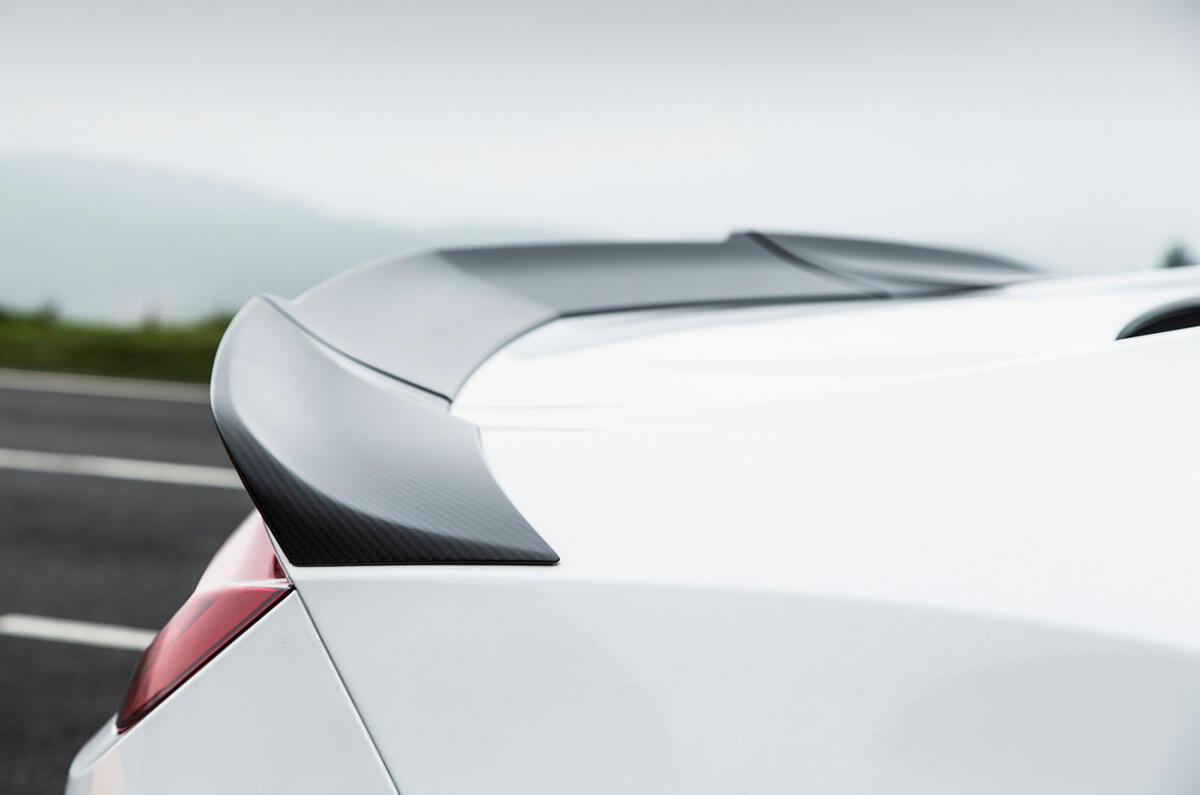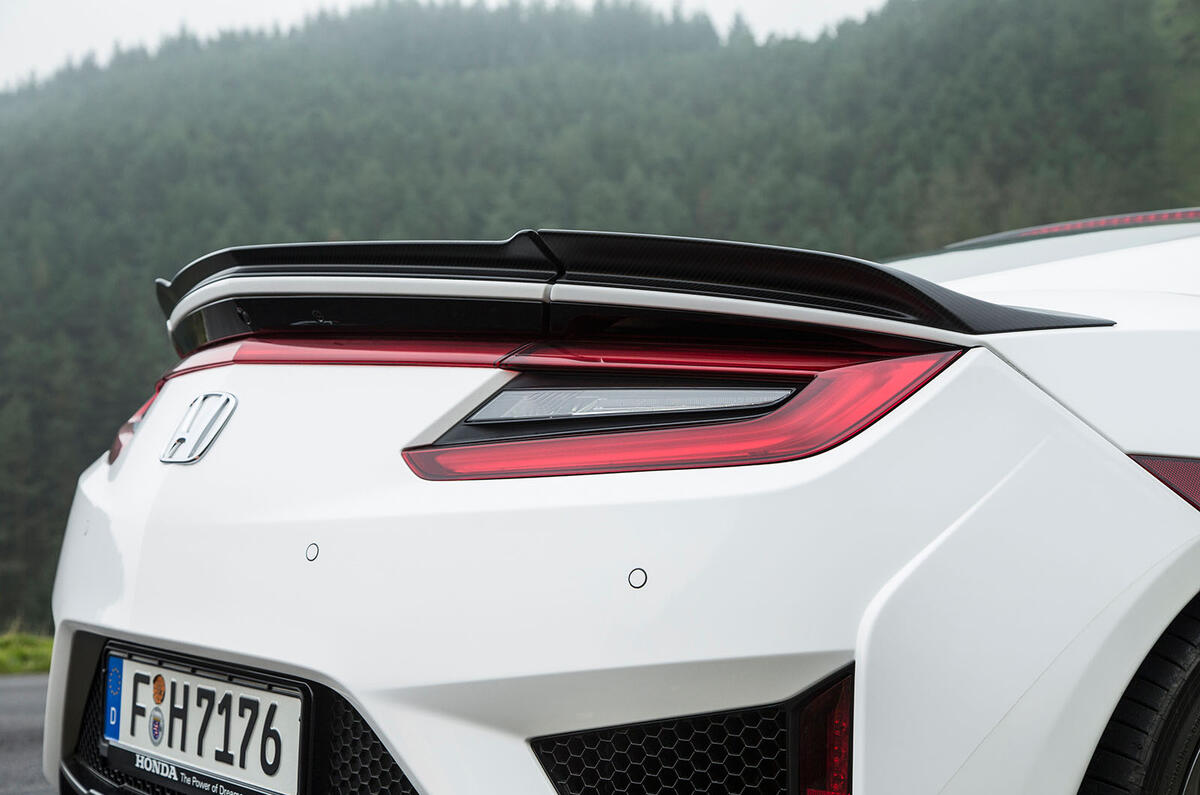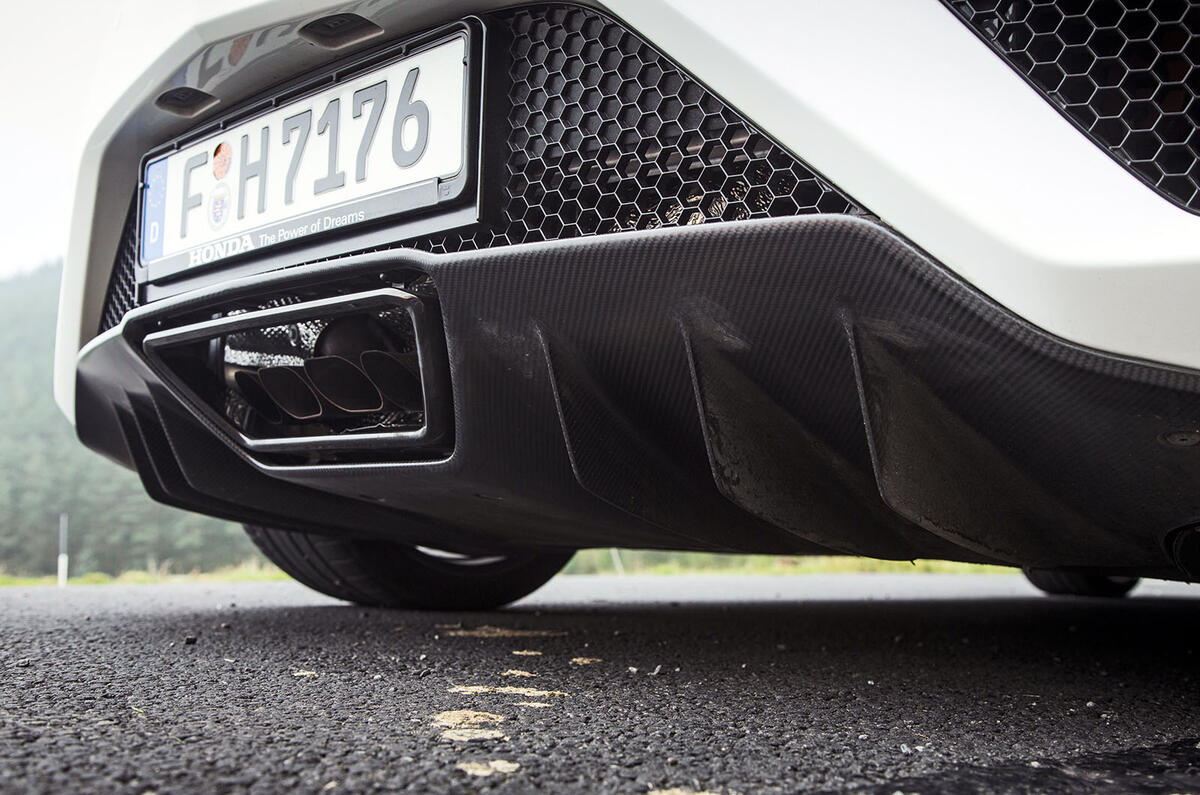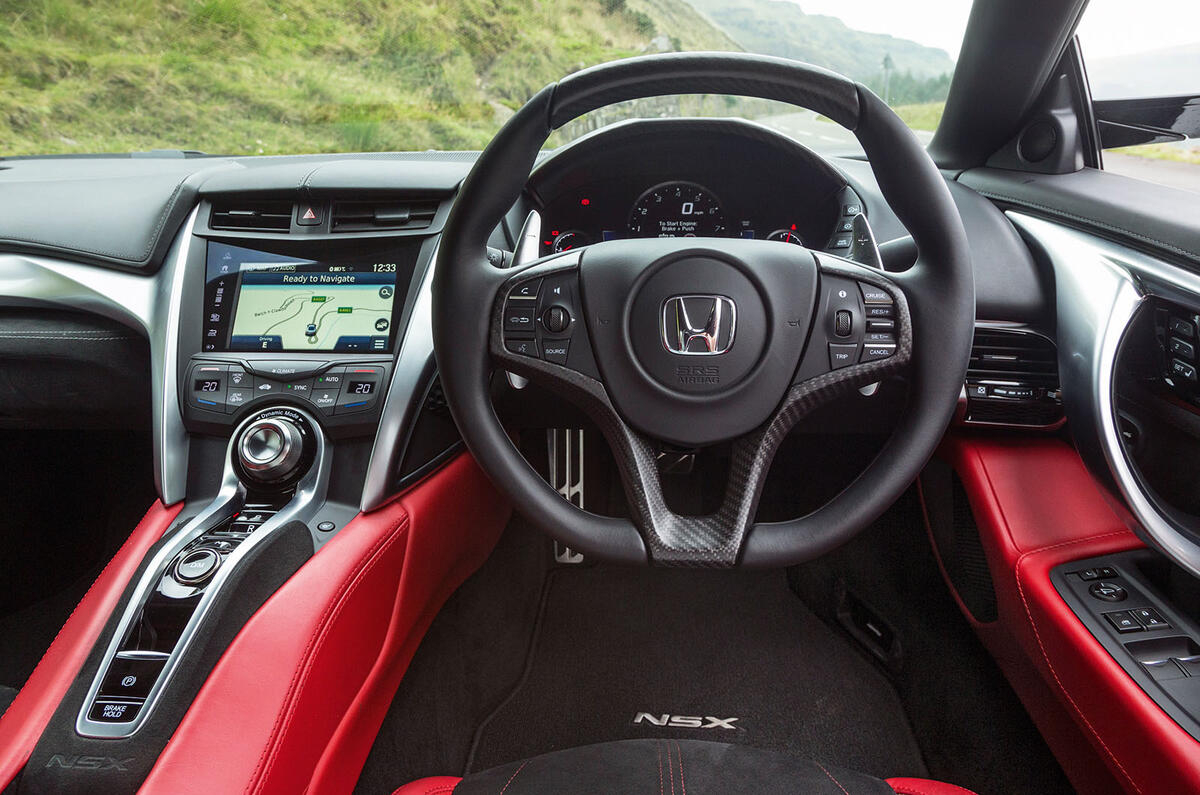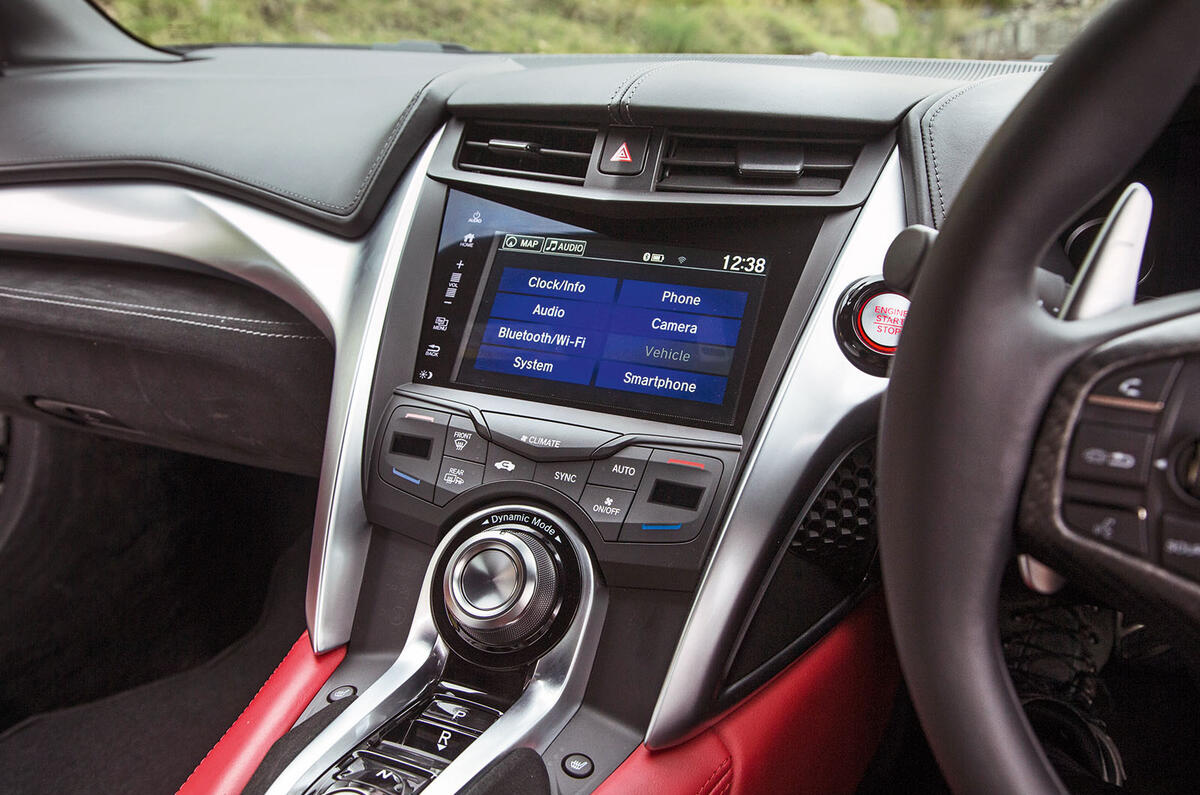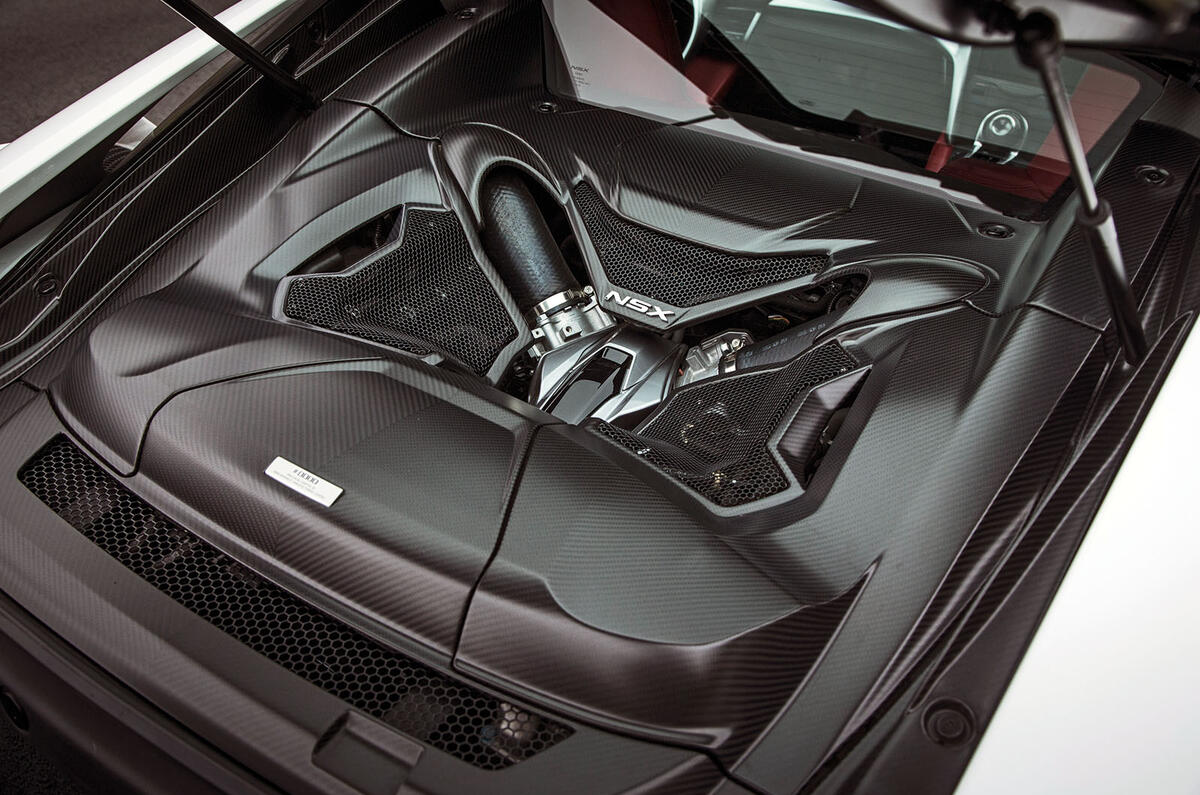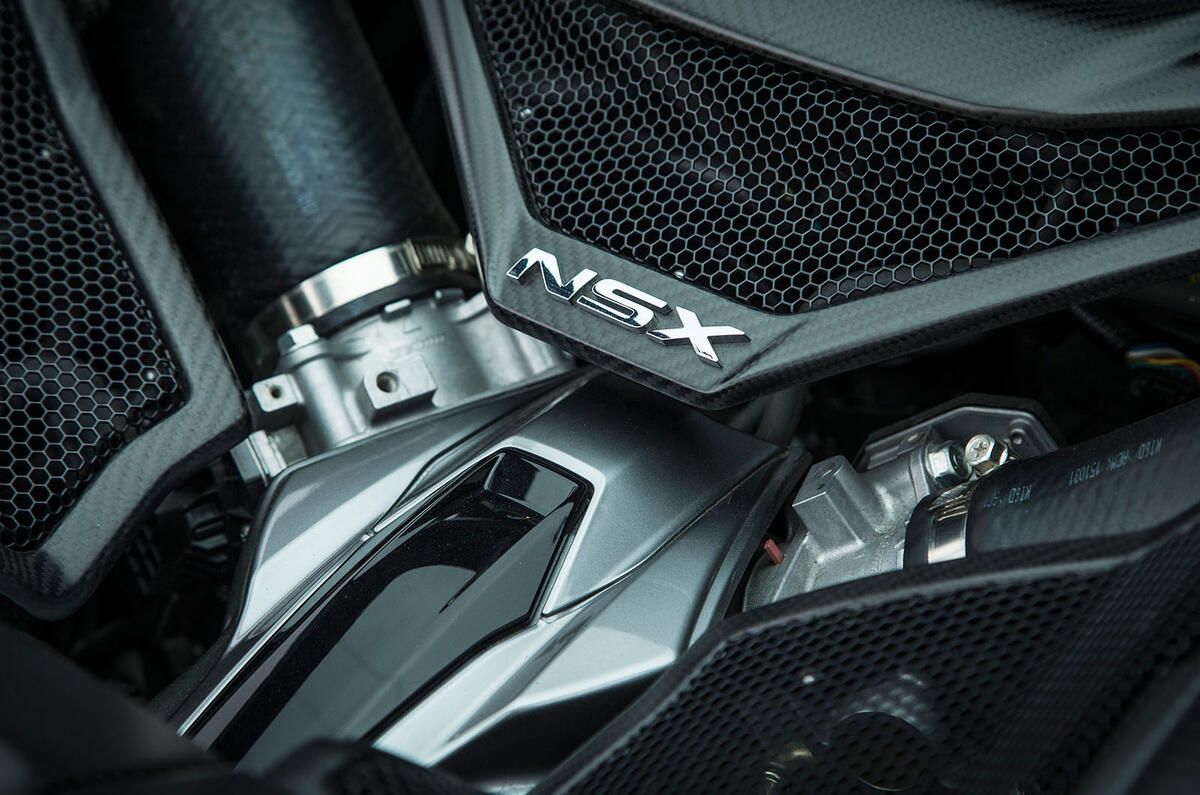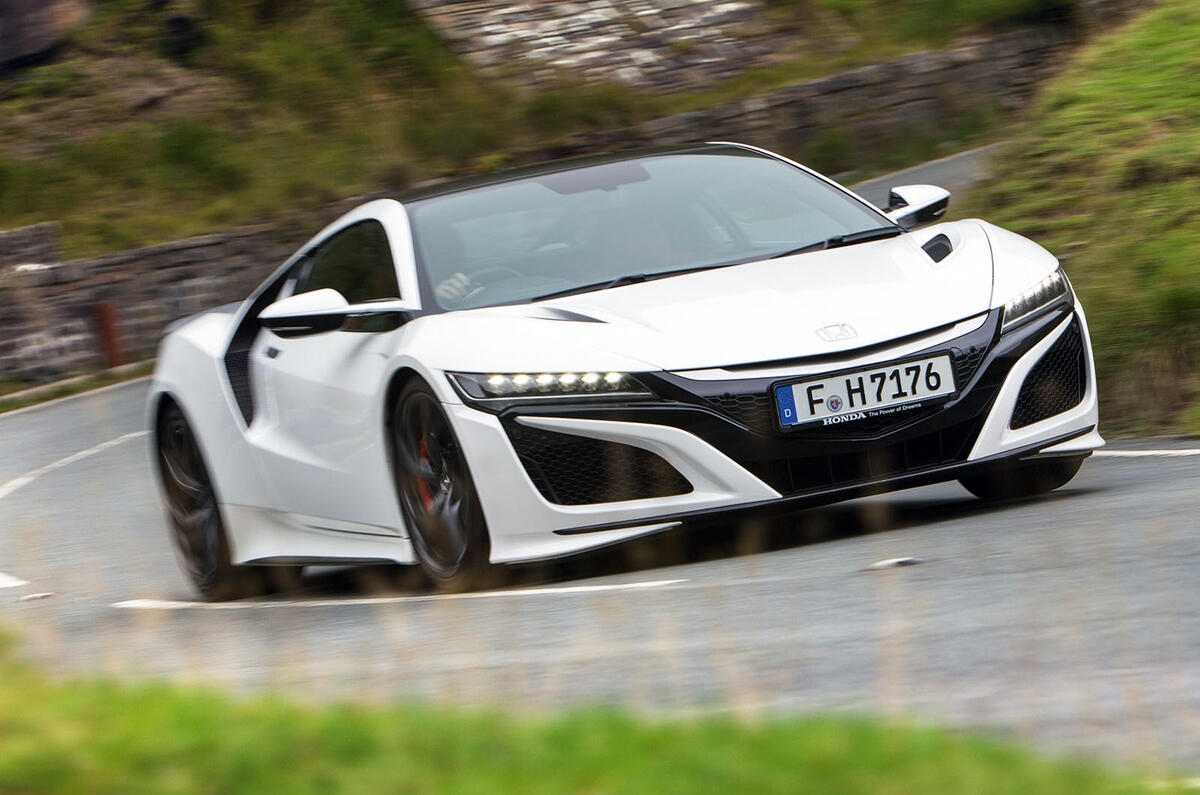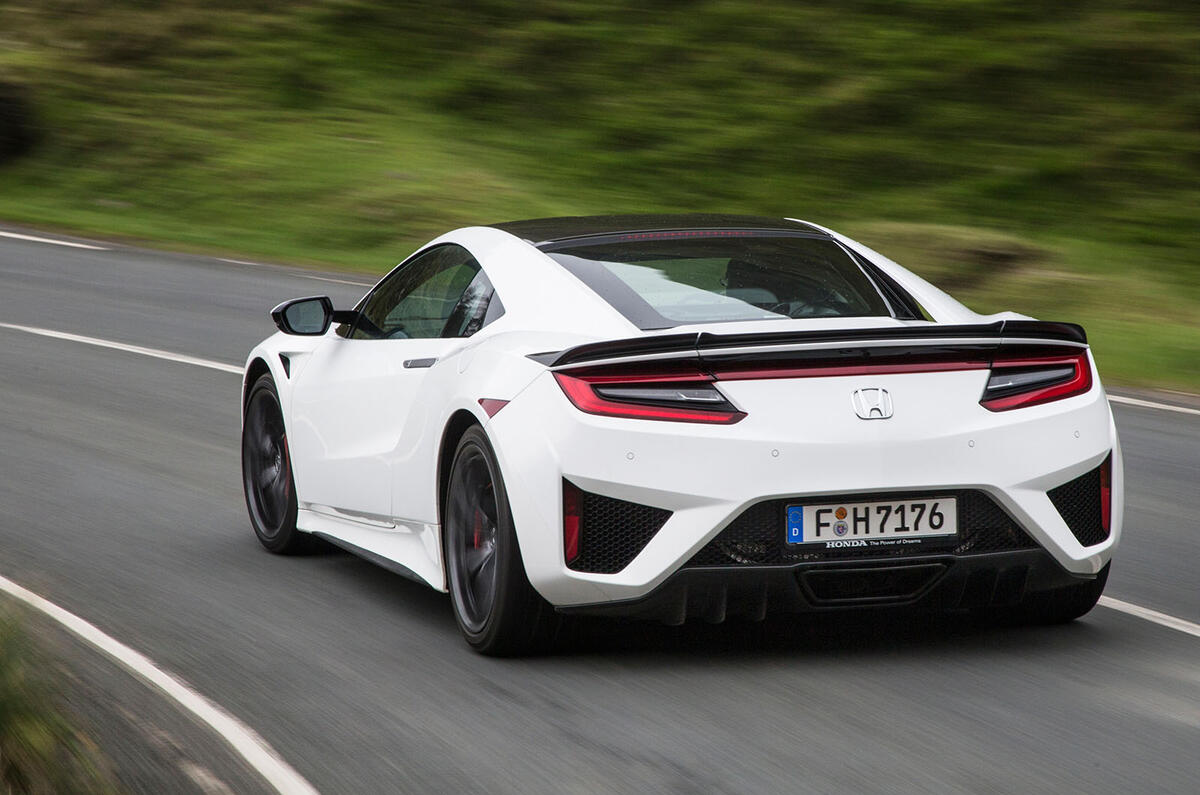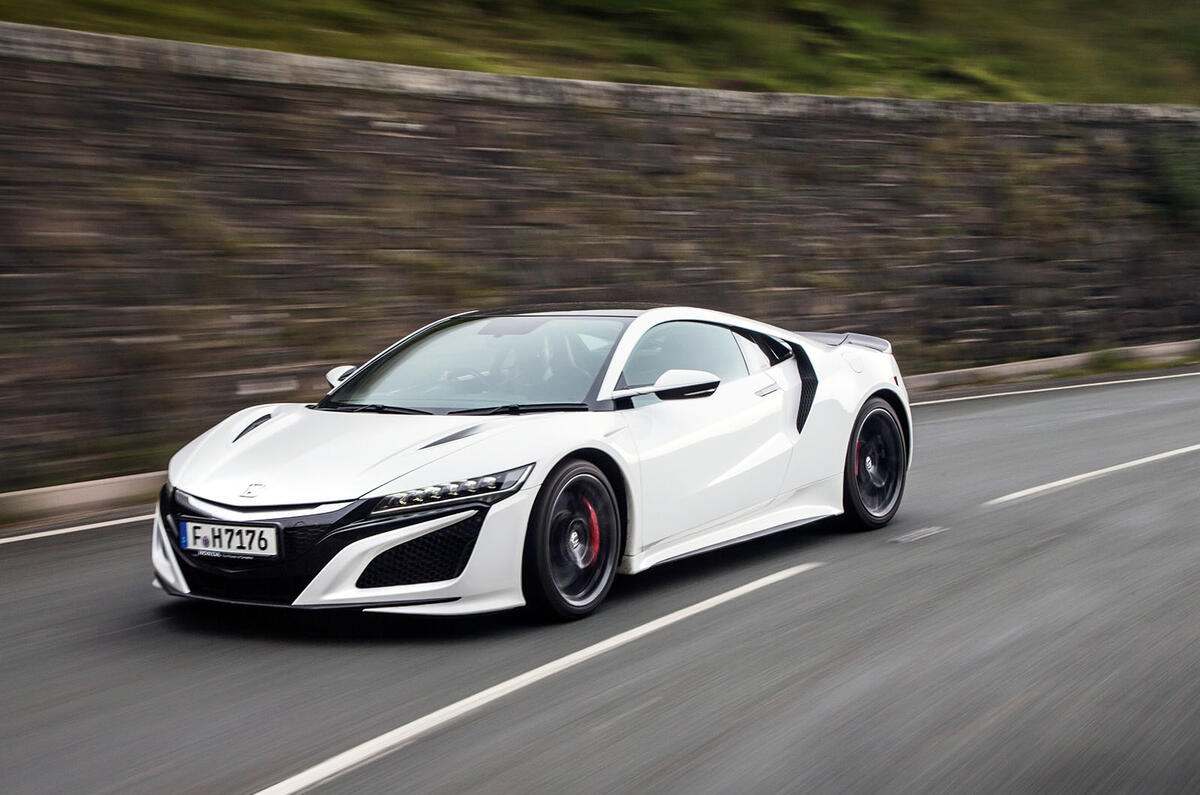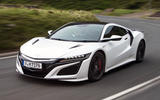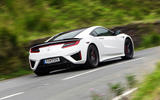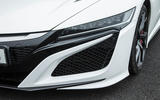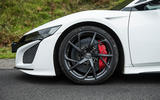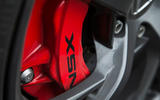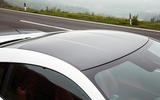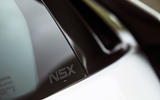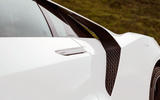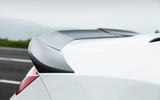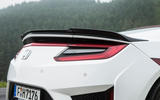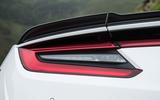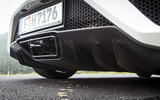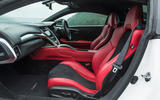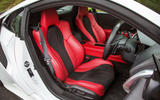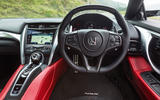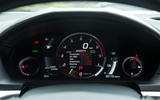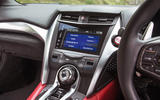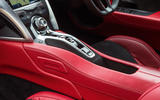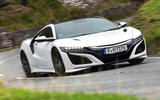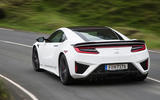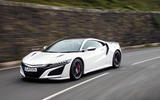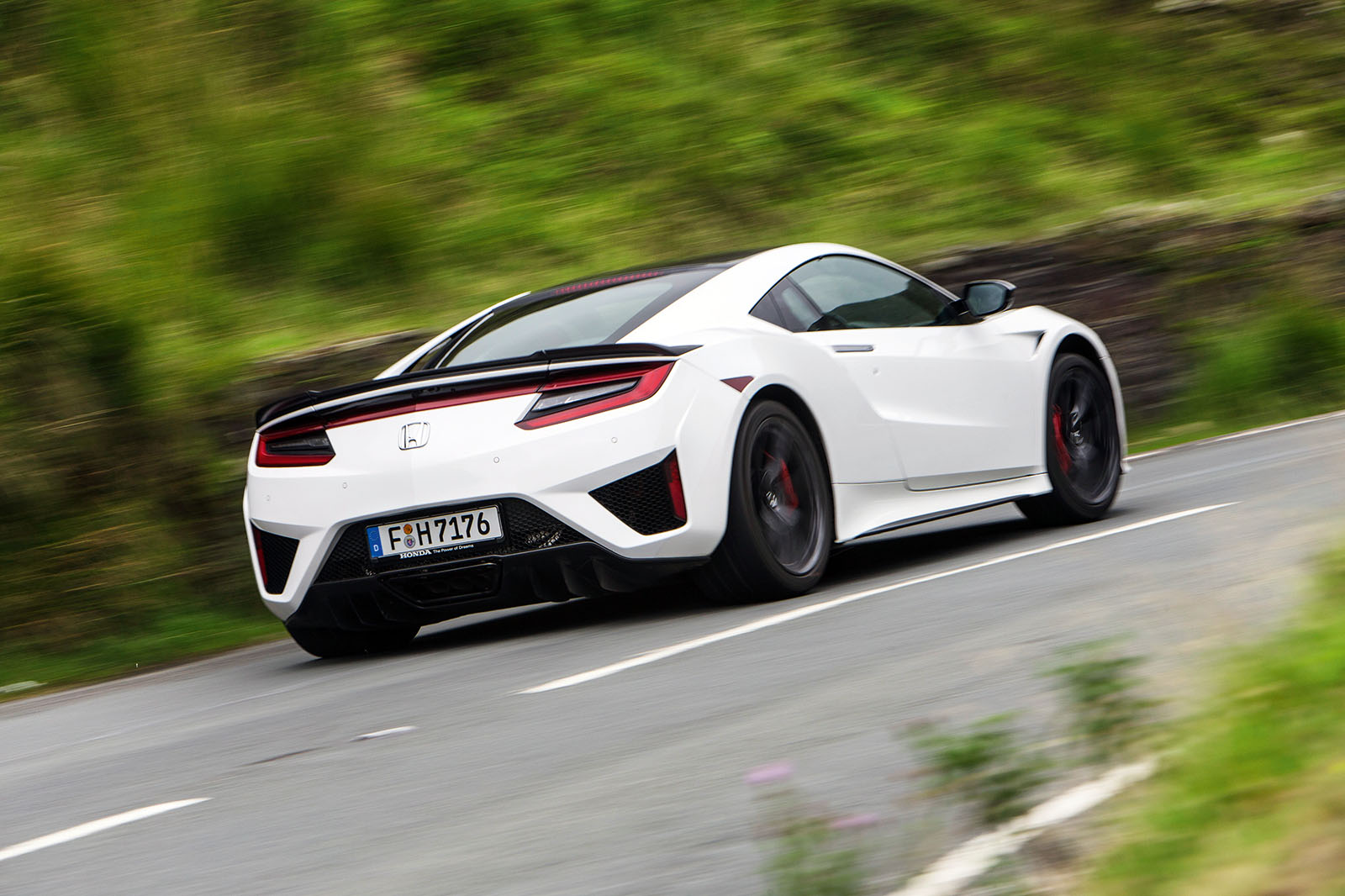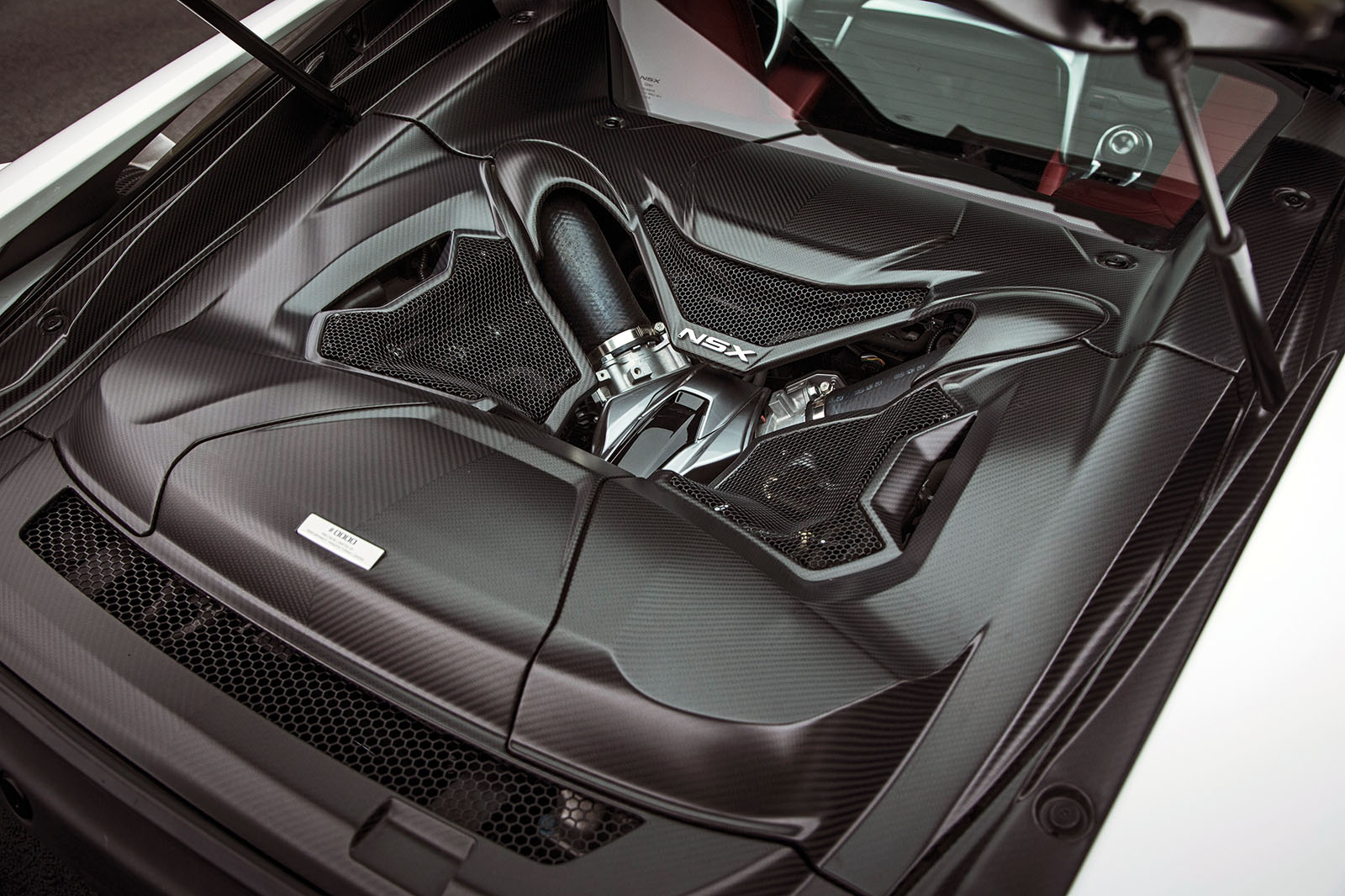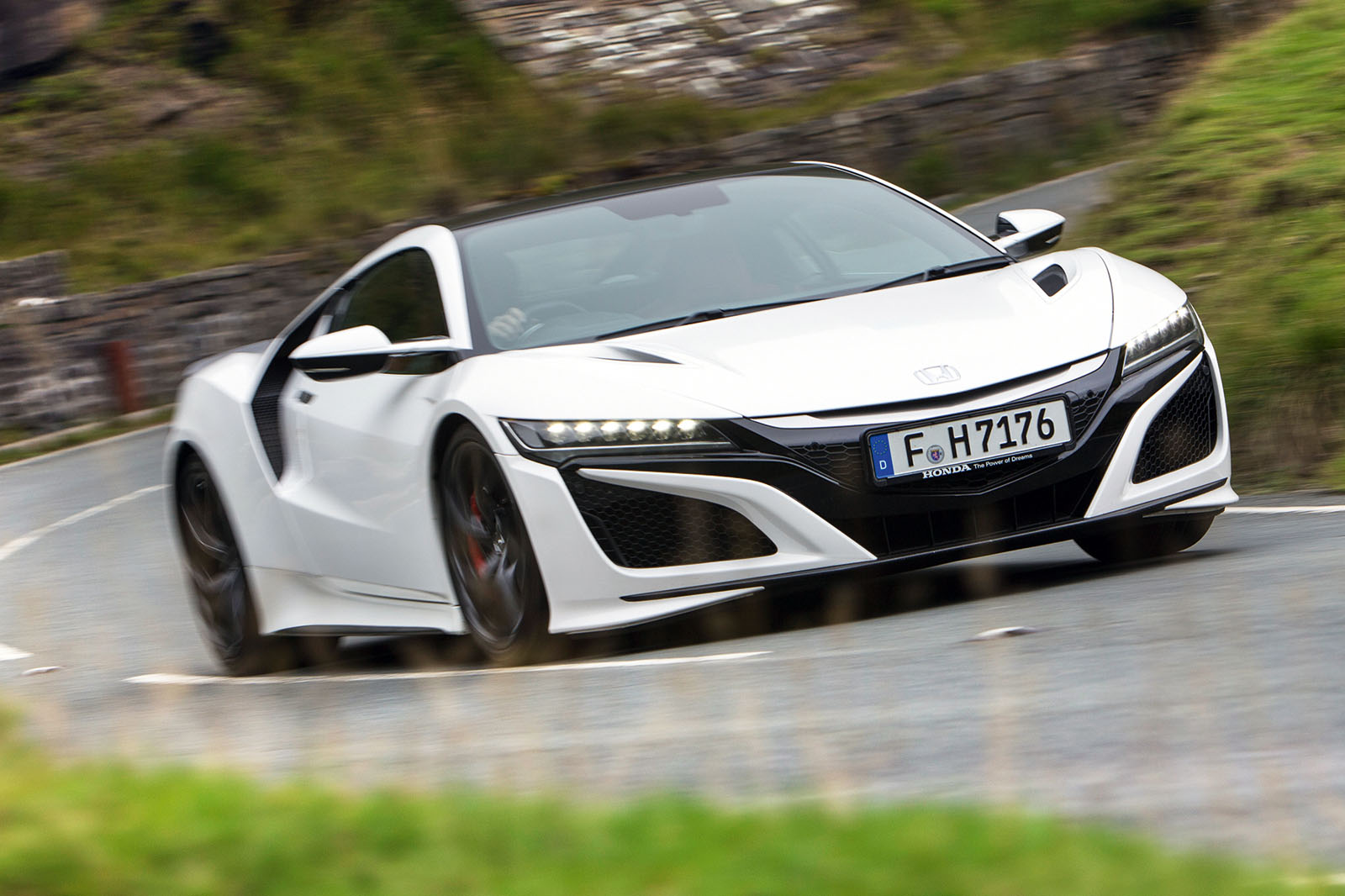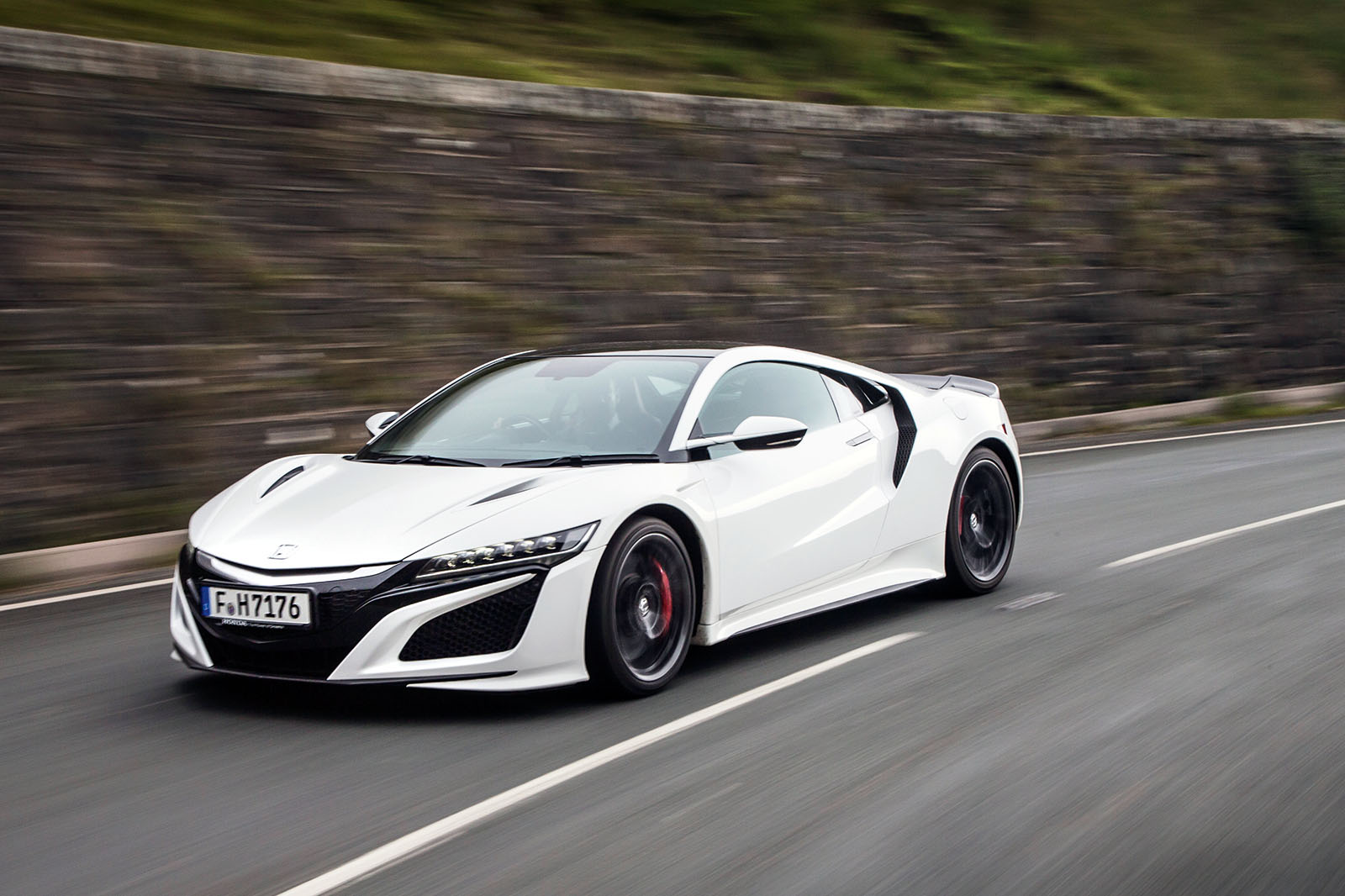If you’ve ever directly compared a Honda Insight and a Vauxhall Ampera from behind the wheel, you may be able to predict just how differently the new Honda NSX’s powertrain might feel and operate compared with that of, for example, a BMW i8 or a Porsche 918 Spyder.
This may be a hybrid super-sports car, but it’s not a plug-in hybrid. It doesn’t start from cold on pure electric power and seldom runs with the combustion engine off for more than a couple of hundred yards at a time. That means it doesn’t have the same duality of character or space-capsule futuristic appeal of the BMW or Porsche. A shame? Not a bit of it.
In typical fashion, Honda has instead aimed to integrate the influence of the car’s electric motors more discreetly into its motive repertoire – to produce a more ‘by the book’ junior supercar driving experience, albeit one supported and augmented by electrification.
And that approach, as it turns out, has as many merits as the other.
A super-sports car capable of 3.3sec from rest to 60mph and an 11.4sec standing quarter may not seem exceptional by current class standards, but in the NSX’s case that’s only a hint of the full story.
The NSX’s combined system output of 476lb ft looks, on paper, like it could just as easily have been delivered by any performance car with a healthy turbocharged V8 engine.
But what the raw performance stats and Honda’s specification sheet don’t tell you is that the torque figure isn’t so much a peak as it is an almost permanent provision of pulling power.
Flatten the accelerator pedal with the car locked in gear in manual mode and you can watch the car’s ‘Assist’ gauge rise and fall as those three electric motors ‘torque fill’ through the lower and upper reaches of the rev range.
Beyond 5000rpm, where you expect a car like this to be rabidly quick, it duly is. But below 3500rpm in a low gear, where many modern rivals would be girding their loins before lunging into the distance, the NSX’s instant and considerable grunt never fails to hit you hard between the eyes.
There’s real depth to the character of this powertrain, too, although it doesn’t have, admittedly, the most seductive soundtrack you’ll ever have heard from a mid-engined exotic.
The NSX’s V6 comes across as gravelly and brusque rather than soulful or rich, while overlaying many of its dramatic solos with turbo noise.
But the more you seek to connect with it, the more this combined propulsion system gives back. Honda’s nine-speed paddle-shift gearbox is good in auto mode and quite spectacularly effective in manual, shifting gears so quickly as to almost be seamless.
Brake pedal feel is excellent, allowing you to dive deep into braking zones with confidence. And all the while, the sheer breadth of the car’s range of potency, and the many and varied ways it can feel energetic and exciting, continue to seduce.
The launch control is less violent than it might be, so the NSX takes 3.3sec to hit 60mph from rest but feels like it should be quicker — but it also feels like it could launch from your drive every morning without ever showing a service light.


